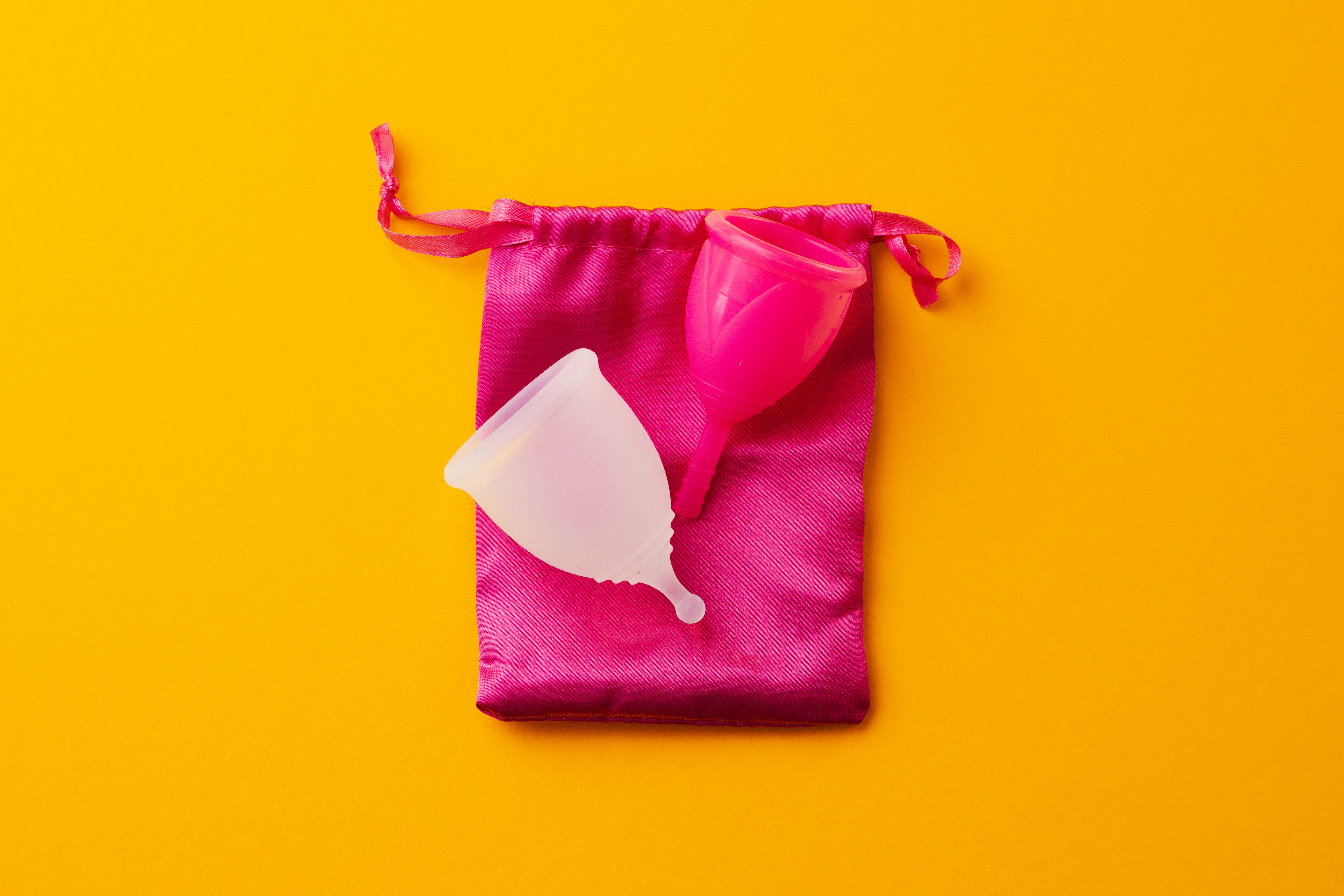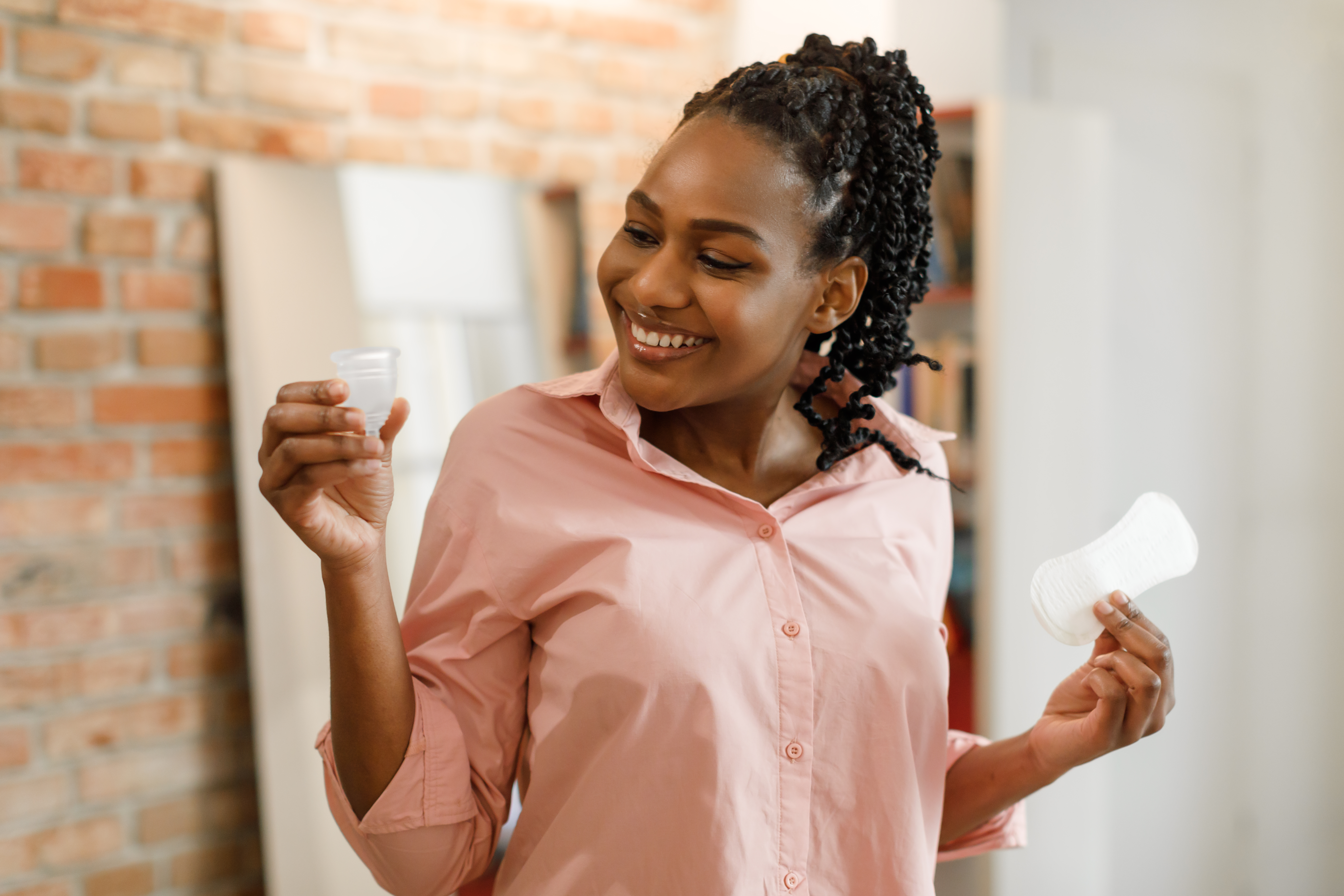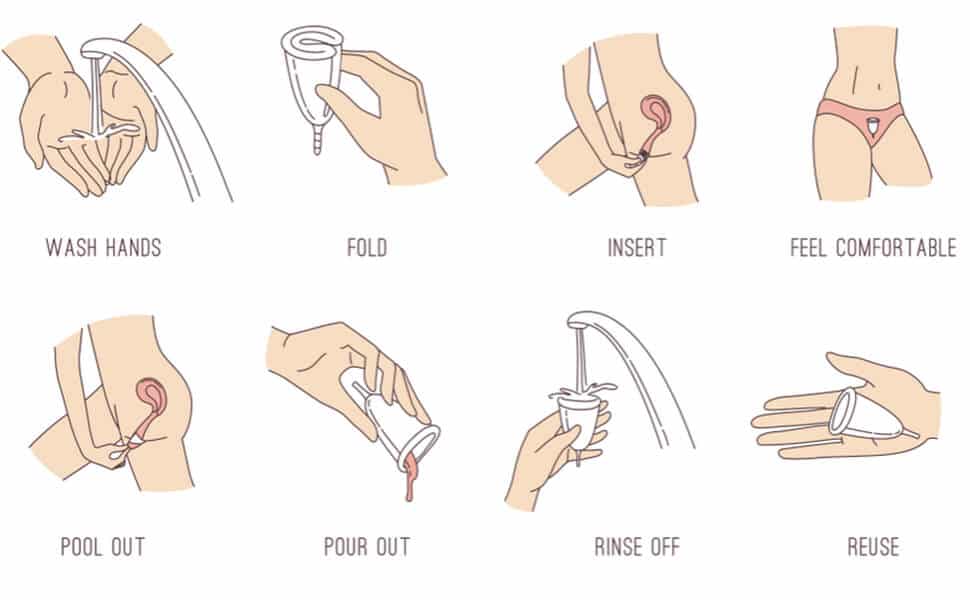When it comes to managing periods, women have traditionally relied on pads and tampons. However, a new product has joined the game – menstrual cups.
These small, flexible cups have gained popularity in recent years, sparking curiosity and debate among menstruators worldwide. Despite having never tried them many women are very skeptical about trying them.
The reusable menstrual cup is shaped like a bell and should be inserted into the vagina. Flexible and made of medical-grade silicone, it collects menstrual fluid instead of absorbing it. It creates a seal and is held in place by the walls of the vagina. No underwear is needed for its use.
A reusable menstrual cup, which comes in different sizes, can collect three times more blood than pads or tampons but after 6–12 hours of use, it needs to be removed, emptied, rinsed, and re-inserted. At the end of each menstrual cycle, the cup has to be boiled for 5–10 minutes. Because they can be used for 5–10 years, menstrual cups produce less waste than other menstrual hygiene products.

Renowned health organizations, including the World Health Organization (WHO) and United Nations International Children’s Emergency Fund (UNICEF), have acknowledged menstrual cups as a safe and effective option for menstrual care.
Studies have shown that menstrual cups have similar or lower rates of leakage and a reduced risk of toxic shock syndrome (TSS) compared to tampons. However, it is essential to follow proper hygiene practices and empty the cup regularly to maintain good menstrual health.
It is unusual for many women and girls, some have been very skeptical to try them but others have and they have noticed their certain advantages.
Niyigena [Who’s name was changed for privacy], a 32-year-old health practitioner, found the transition to menstrual cups to be slightly challenging at first. It took a few cycles to get the hang of inserting and removing the cup correctly. With a bit of patience and practice, she mastered the technique.
She was pleasantly surprised by the unexpected benefits of using a menstrual cup. She found that her cramps were less severe compared to when she used pads or tampons. The cup also allowed her to have a better understanding of her flow, as it provides a visual indication of the amount of blood collected.

In terms of cost, menstrual cups are generally more cost-effective in the long run. In Rwanda, the menstrual cup can cost between 15,000frw and 30,000frw.
While the initial investment may be higher than a pack of pads or tampons, the cup’s durability ensures significant savings over time.
“I started using the menstrual cup two years ago, and I really love it,” she said, “It is expensive at first but in the long run it is better than pads since it can last more than 5, 10, and 15 years.”
Niyigena first transitioned from regular pads to a period cup because she was introduced to them by her friend who also had started using them.
She said, “As any other woman I was afraid to insert anything in my private area because I felt it was going to be uncomfortable, which it was at first. But as I went on it started to feel better and It would not feel uncomfortable as having a pad between my legs.”

The initial learning curve can be frustrating, as it takes time to become familiar with insertion and removal techniques. Some women may find the cup uncomfortable or experience leakage during the learning phase. Niyigena says that with patience and practice, these issues can often be overcome.
Using menstrual cups has several advantages. Cups are reusable, which means less waste and a reduced environmental impact. They can be worn for up to 12 hours, providing longer-lasting protection compared to traditional products. Cups are also a cost-effective choice in the long run, as they can be reused for several years.
Cups can be a good way to end period poverty and based on the experiences of women who have made the switch, the overall recommendation for menstrual cups is positive. It’s important to note that individual experiences may vary, and what works for one person may not work for another.


